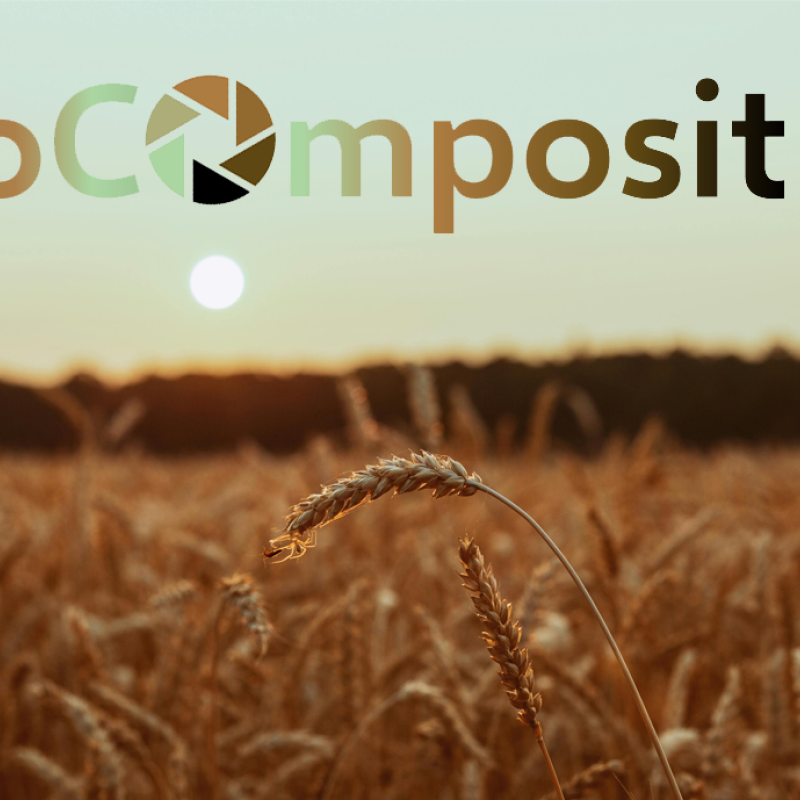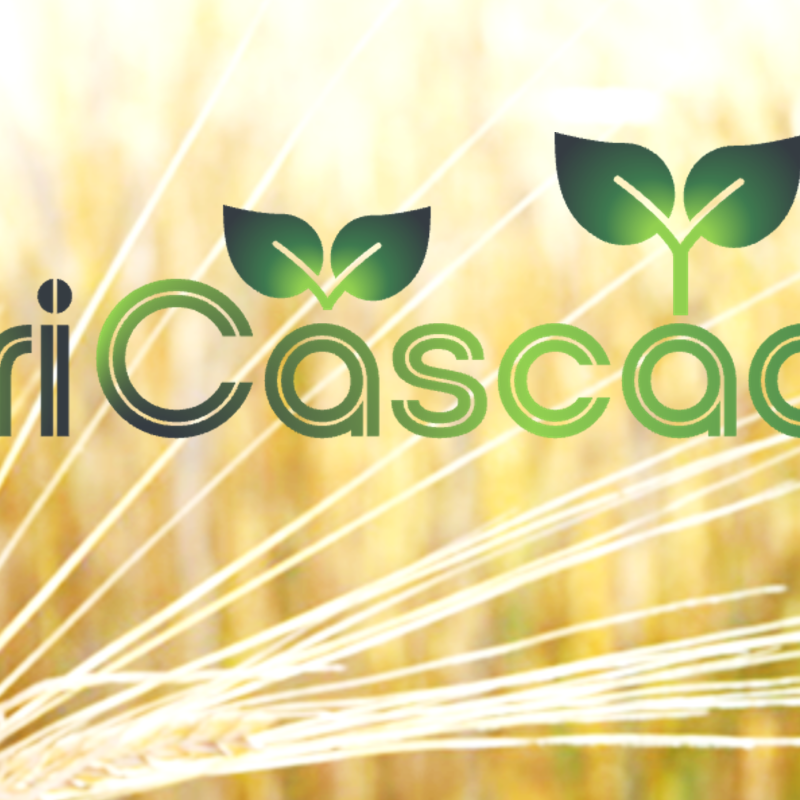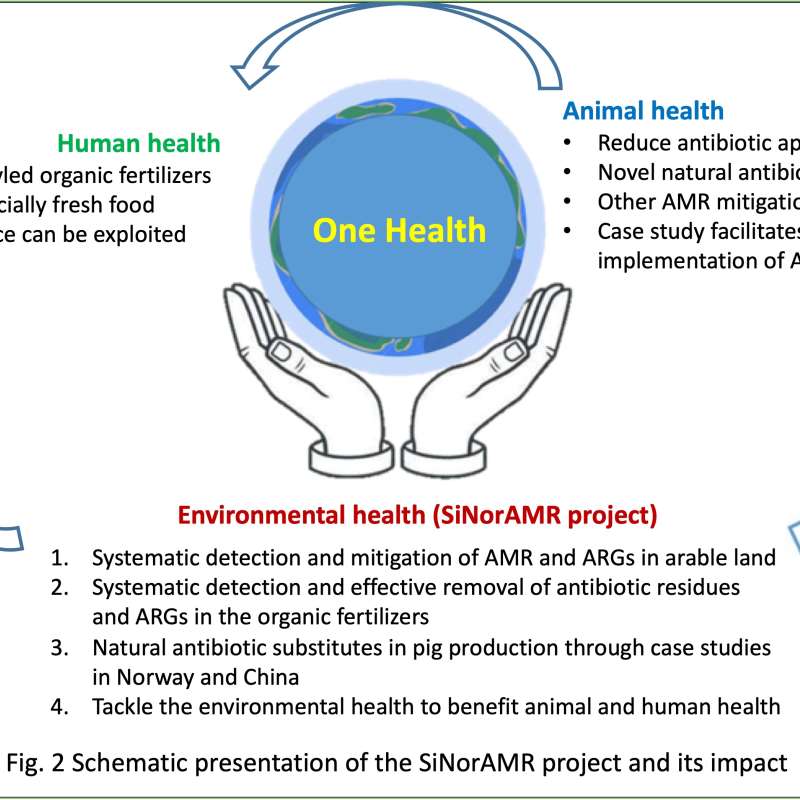Simon Weldon
Forsker
(+47) 407 69 197
simon.weldon@nibio.no
Sted
Ås - Bygg O43
Besøksadresse
Oluf Thesens vei 43, 1433 Ås (Varelevering: Elizabeth Stephansens vei 21)
Forfattere
Simon Weldon Bert van der Veen Eva Farkas Nazli Pelin Kocatürk Schumacher Alba Dieguez-Alonso Alice Budai Daniel RasseSammendrag
Det er ikke registrert sammendrag
Sammendrag
Det er ikke registrert sammendrag
Forfattere
M. Helbig T. Živković P. Alekseychik M. Aurela T. S. El-Madany E. S. Euskirchen L. B. Flanagan T. J. Griffis P. J. Hanson J. Hattakka C. Helfter T. Hirano E. R. Humphreys G. Kiely R. K. Kolka T. Laurila P. G. Leahy A. Lohila I. Mammarella M. B. Nilsson A. Panov Frans-Jan W. Parmentier M. Peichl J. Rinne D. T. Roman O. Sonnentag E.-S. Tuittila M. Ueyama T. Vesala P. Vestin Simon Weldon P. Weslien S. ZaehleSammendrag
Peatlands have acted as net CO2 sinks over millennia, exerting a global climate cooling effect. Rapid warming at northern latitudes, where peatlands are abundant, can disturb their CO2 sink function. Here we show that sensitivity of peatland net CO2 exchange to warming changes in sign and magnitude across seasons, resulting in complex net CO2 sink responses. We use multiannual net CO2 exchange observations from 20 northern peatlands to show that warmer early summers are linked to increased net CO2 uptake, while warmer late summers lead to decreased net CO2 uptake. Thus, net CO2 sinks of peatlands in regions experiencing early summer warming, such as central Siberia, are more likely to persist under warmer climate conditions than are those in other regions. Our results will be useful to improve the design of future warming experiments and to better interpret large-scale trends in peatland net CO2 uptake over the coming few decades.
Sammendrag
Det er ikke registrert sammendrag
Sammendrag
Det er ikke registrert sammendrag
Sammendrag
presentation about circular economical projects in NIBIO
Sammendrag
Det er ikke registrert sammendrag
Forfattere
Junbin Zhao Simon Weldon Alexandra Barthelmes Erin Swails Kristell Hergoualc’h Ülo Mander Chunjing Qiu John Connolly Whendee L. Silver David I. CampbellSammendrag
Det er ikke registrert sammendrag

Divisjon for miljø og naturressurser
AgroComposit
AgroComposit: Biochar-compost composites for supporting site-specific soil agro-ecosystem functions and climate change mitigation

Divisjon for miljø og naturressurser
AgroComposit
AgroComposit: Kompositter av biokull og kompost for å fremme jordas stedsspesifikke agroøkosystemfunksjoner og oppnå utslippskutt

Divisjon for miljø og naturressurser
Biokull-kompostkompositter for å støtte stedsspesifikke agro-økosystemfunksjoner for jord og klimaendringer

Divisjon for miljø og naturressurser
AgriCascade
Cascading recycling of organic N-sources with next-generation biochar fertilizer for Norwegian agriculture

Divisjon for miljø og naturressurser
AgriCascade
AgriCascade: Gjenvinning av organisk nitrogen med forbedret biokull for gjødslings- og miljøgevinster i norsk landbruk

Divisjon for miljø og naturressurser
SiNorAMR
Full title: Collaborative and Knowledge-building Project Collaborative Project Systematic detection and mitigation of antimicrobial resistance in soil environment and animal health contributing to human health (SiNorAMR)

Divisjon for bioteknologi og plantehelse
Cropdrive
Cropdrive aims to identify a selection of cover crops suitable for use in root vegetable and potato production with beneficial impacts on both soil and plant health, and greenhouse gas exchange.
